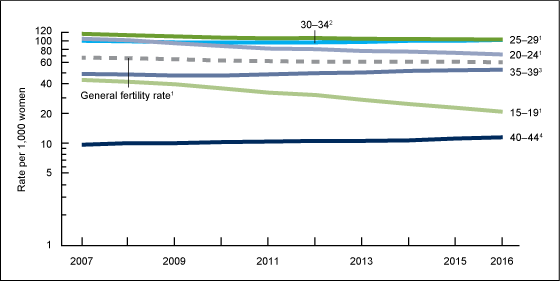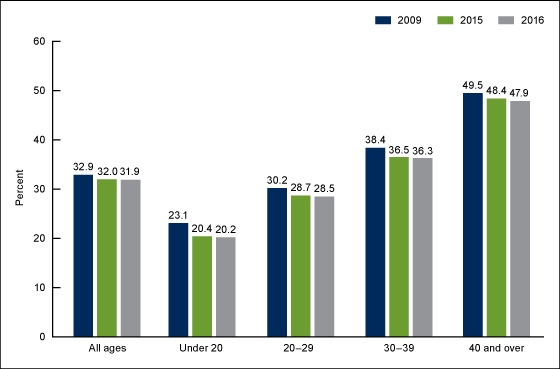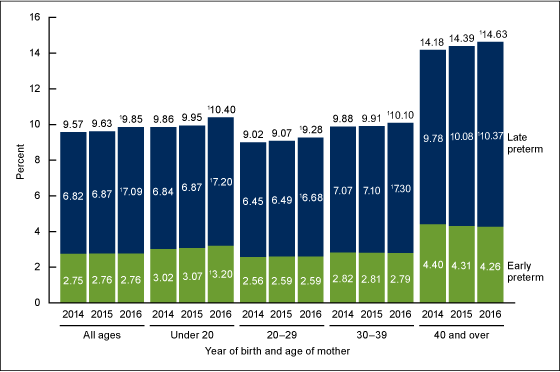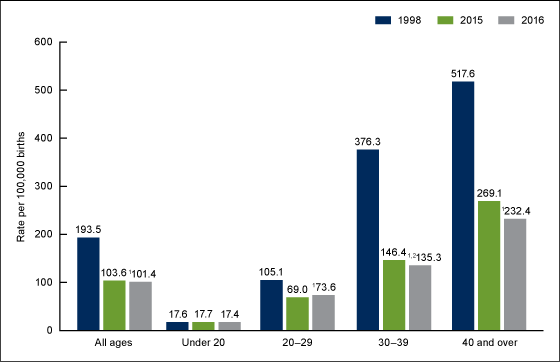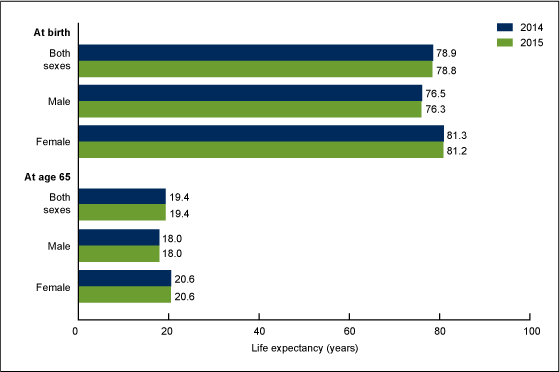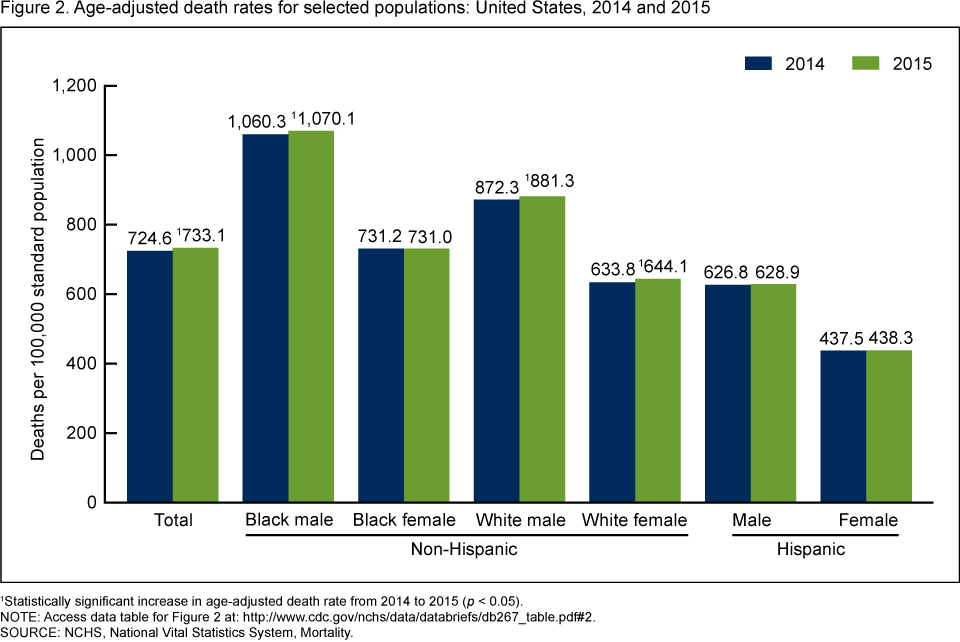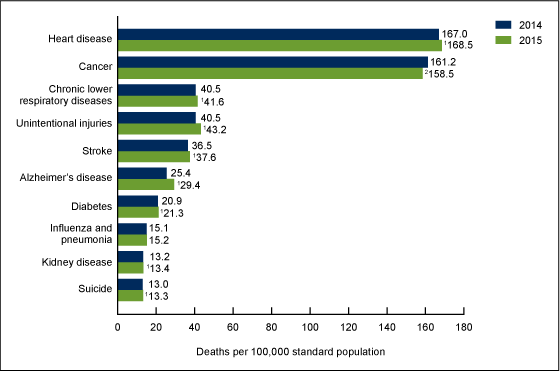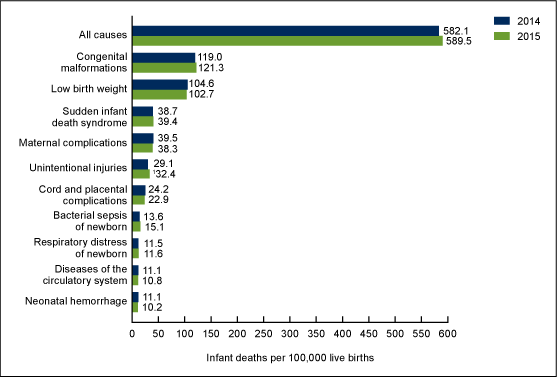Definitions
The National Center for HIV/AIDS, Viral Hepatitis, STD, and TB Prevention uses the words below to describe health equity and social determinants of health. These words are also used by the World Health Organization and the Department of Health and Human Service's Healthy People 2020.
Absolute Difference of Measure
A mathematical formula that measures "disparity between a group rate and a specified reference point." "The size and direction of the disparity depend on the selected reference point".
Formula: Simple difference = rate of interest – rate of reference point = Ri – Rr
Cultural Competence
Culture is the blended patterns of human behavior that include "language, thoughts, communications, actions, customs, beliefs, values, and institutions of racial, ethnic, religious, or social groups." Cultural competence is "a set of congruent behaviors, attitudes, and policies that come together in a system, agency, or among professionals that enables effective work in cross-cultural situations." "Competence" in the term cultural competence implies that an individual or organization has the capacity to function effectively "within the context of the cultural beliefs, behaviors, and needs presented by consumers and their communities."
Determinants of Health
Factors that contribute to a person's current state of health. These factors may be biological, socioeconomic, psychosocial, behavioral, or social in nature. Scientists generally recognize five determinants of health of a population:
- Biology and genetics. Examples: sex and age
- Individual behavior. Examples: alcohol use, injection drug use (needles), unprotected sex, and smoking
- Social environment. Examples: discrimination, income, and gender
- Physical environment. Examples: where a person lives and crowding conditions
- Health services. Examples: Access to quality health care and having or not having health insurance
Health
A state of complete physical, mental, and social well-being and not just the absence of sickness or frailty
Health Disparity
A type of difference in health that is closely linked with social or economic disadvantage. Health disparities negatively affect groups of people who have systematically experienced greater social or economic obstacles to health. These obstacles stem from characteristics historically linked to discrimination or exclusion such as race or ethnicity, religion, socioeconomic status, gender, mental health, sexual orientation, or geographic location. Other characteristics include cognitive, sensory, or physical disability.
Health Equity
When all people have "the opportunity to 'attain their full health potential' and no one is 'disadvantaged from achieving this potential because of their social position or other socially determined circumstance'
Health Inequality
Differences, variations, and disparities in the health achievements of individuals and groups of people.
Health Inequity
A difference or disparity in health outcomes that is systematic, avoidable, and unjust .
Health Literacy
Whether a person can obtain, process, and understand basic health information and services that are needed to make suitable health decisions. Health literacy includes the ability to understand instructions on prescription drug bottles, appointment cards, medical education brochures, doctor's directions, and consent forms. It also includes the ability to navigate complex health care systems. Health literacy is not simply the ability to read. It requires a complex group of reading, listening, analytical, and decision-making skills and the ability to apply these skills to health situations.
Index of Disparity
A regression-based measure that is used by scientists and retains the inherent order of categories like education or income but incorporates the population weights of the categories. The size of each category is taken into account by placing the groups on an axis that reflects the cumulative proportion of the population represented by the ordered groups. The index of disparity can be absolute (slope referred to as Slope Index of Inequality) or relative (slope referred to as Relative Index of Inequality)
Individual Risk Factors
Characteristics of a person that may explain health or behavior. Some examples include a person's age or whether a person smokes.
Poverty
When a person or group of people lack human needs because they cannot afford them. Human needs include clean water, nutrition, health care, education, clothing, and shelter. The U.S. Social Security Administration originally developed the definitions that are used to help calculate and determine poverty. Families or people with income below a certain limit are considered to be below the poverty level.
Social Determinants of Health
The complex, integrated, and overlapping social structures and economic systems that are responsible for most health inequities. These social structures and economic systems include the social environment, physical environment, health services, and structural and societal factors. Social determinants of health are shaped by the distribution of money, power, and resources throughout local communities, nations, and the world.
Socioeconomic Gradient in Health
This term refers to the stepwise fashion health outcomes improve as socioeconomic position improves. This gradient can be measured by a person's income, occupation, or the highest level of education he or she has.
Socioeconomic Position
An aggregate concept that includes both resource-based and prestige-based measures, which are linked to both childhood and adult social class position. Resource-based measures refer to material and social resources and assets, including income, wealth, and educational credentials. Terms used to describe inadequate resources include "poverty" and "deprivation." Prestige-based measures refer to a person's rank or status in a social hierarchy. Prestige-based measures are typically evaluated with reference to people's access to and consumption of goods, services, and knowledge, that are linked to their occupational prestige, income, and education level
Socioeconomic Status
A composite measure that typically incorporates economic, social, and work status. Economic status is measured by income. Social status is measured by education, and work status is measured by occupation. Each status is considered an indicator. These three indicators are related but do not overlap.
